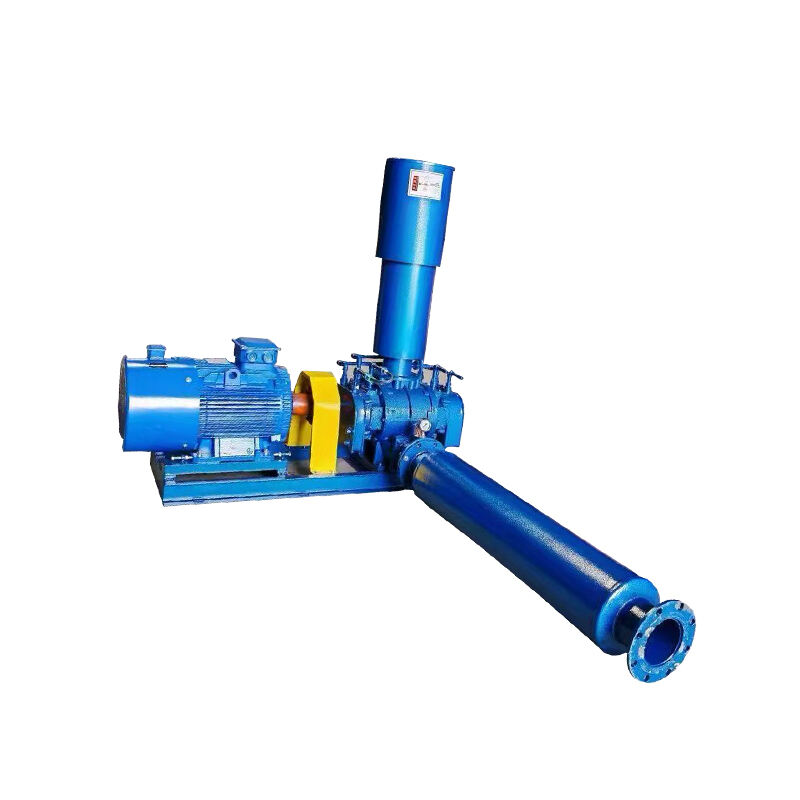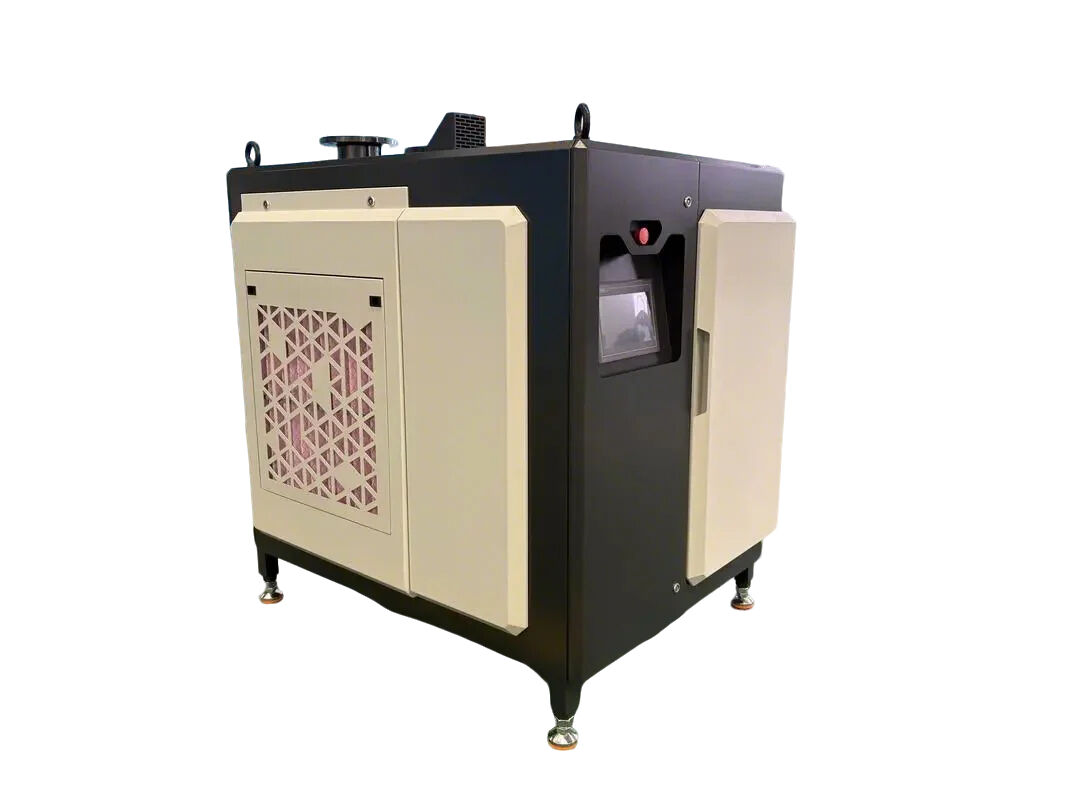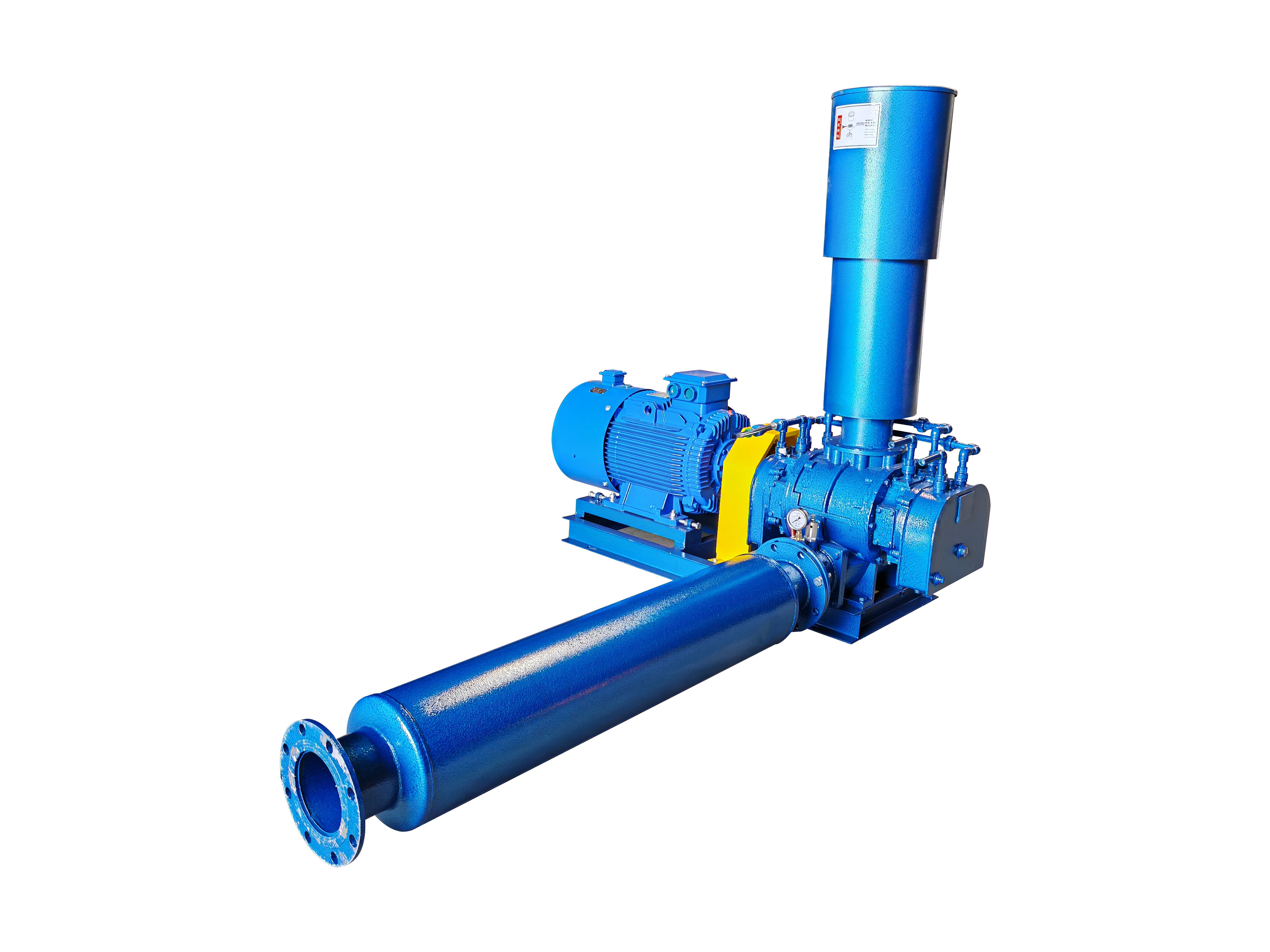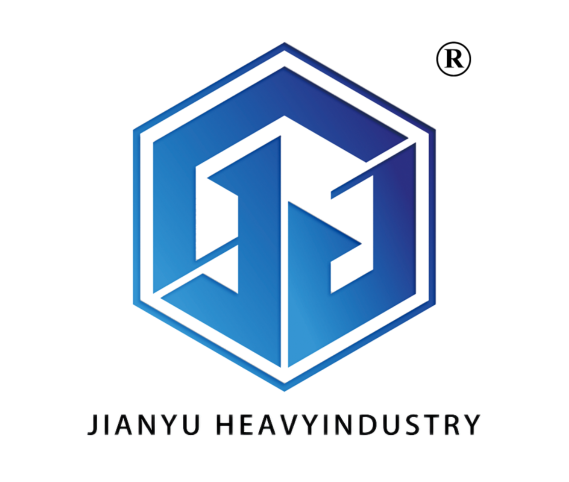wastewater treatment plant equipment
Wastewater treatment plant equipment represents an essential array of technological solutions designed to transform contaminated water into environmentally safe effluent. This sophisticated system encompasses various components including primary clarifiers, biological reactors, filtration units, and disinfection systems. The primary clarifiers effectively remove suspended solids through sedimentation, while biological reactors utilize microorganisms to break down organic matter. Advanced filtration units employ membrane technology to eliminate microscopic particles and harmful substances. The equipment incorporates automated control systems that monitor and adjust treatment parameters in real-time, ensuring optimal performance and compliance with environmental regulations. Modern wastewater treatment facilities feature energy-efficient designs that minimize operational costs while maximizing treatment effectiveness. The equipment is scalable to accommodate varying treatment capacities, from small municipal systems to large industrial applications. Integration of smart sensors and remote monitoring capabilities allows for proactive maintenance and immediate response to operational issues, ensuring consistent performance and regulatory compliance.



